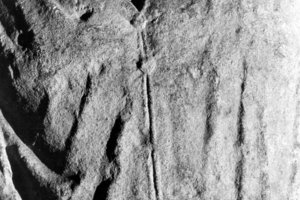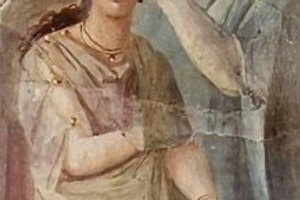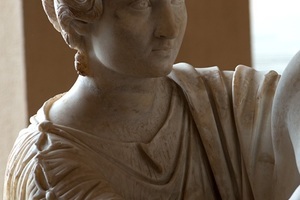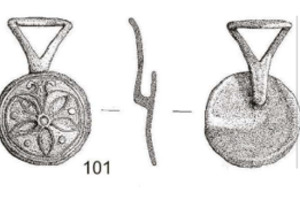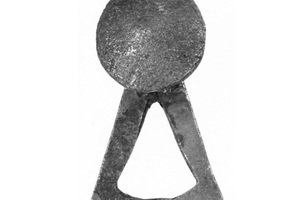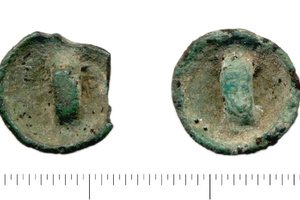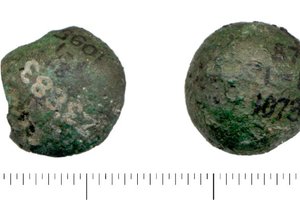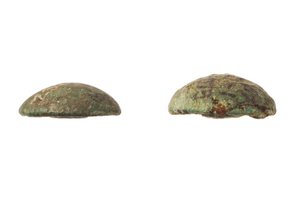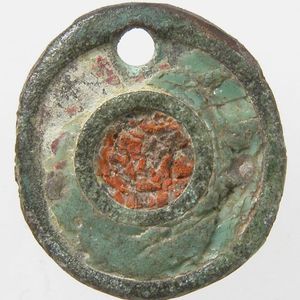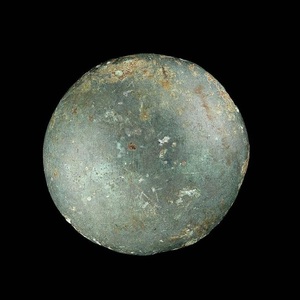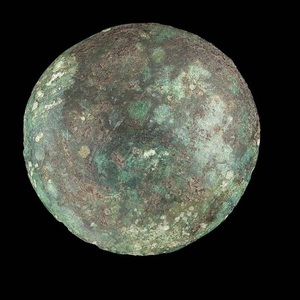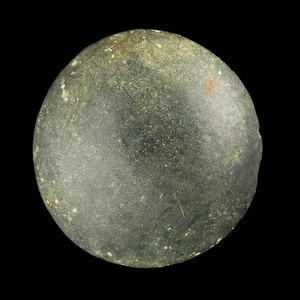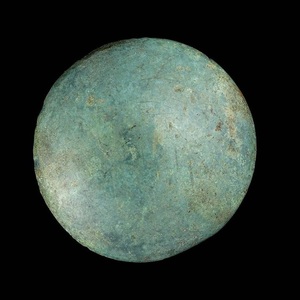Buttons
In ancient Rome and Greece, clothing was fastened not only with fibulas but also with buttons. This simple everyday item was widespread among various social classes: soldiers used buttons to fasten their tunics, while women from noble families fastened their tunics and chitons from the top, creating a semblance of sleeves.
Archaeological finds confirm the use of buttons in antiquity. Numerous buttons have been found, mostly made of copper-based alloys. It is also possible that wooden buttons existed. Buttons likely served not only for securing fabrics but also as adornments.
Buttons not only served a practical function but also served as an important decorative element of clothing. It is likely that the most exquisite and expensive buttons adorned the garments of the upper echelons of society, showcasing their wealth and status. Simpler and more functional buttons were used by ordinary citizens.
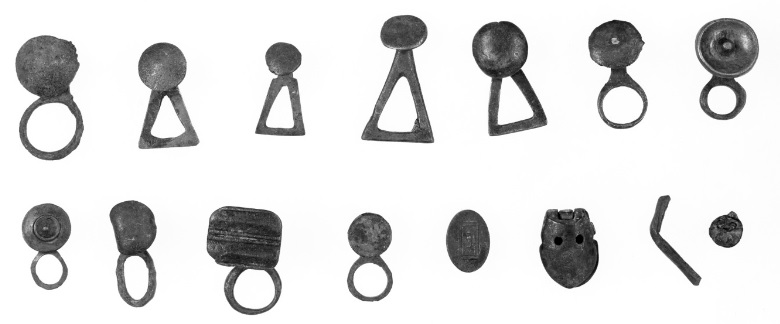 Bronze buttons from Pompeii. 1st century AD
Bronze buttons from Pompeii. 1st century AD
Related topics
Women in Ancient Rome, Penula, Tunic, Fibula

 Gallery
Gallery






